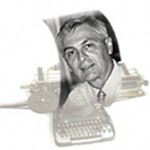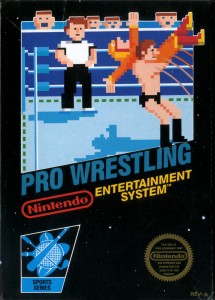 Walls’s book is a memoir about her nomadic childhood with well-meaning but narcissistic parents. At one house in gold-mining country they live with many stray animals, including an injured buzzard her father brought home one day. His name was Buster. Just before the moment in question, young Jeanette has encouraged her father to drive the car as fast as possible on the highway, causing it to overheat and break down.
Walls’s book is a memoir about her nomadic childhood with well-meaning but narcissistic parents. At one house in gold-mining country they live with many stray animals, including an injured buzzard her father brought home one day. His name was Buster. Just before the moment in question, young Jeanette has encouraged her father to drive the car as fast as possible on the highway, causing it to overheat and break down.
We sat there for a long time. I could see buzzards circling high in the distance, which reminded me of that ingrate Buster. Maybe I should have cut him some slack. With his broken wing and lifetime of eating roadkill, he probably had a lot to be ungrateful about. Too much hard luck can create a permanent meanness of spirit in any creature.
I hate this paragraph and all the lies it tries to tell. It’s like: just about every memoir I read would be so much better as a novel. Please, book industry, recover from your true-story addiction.



